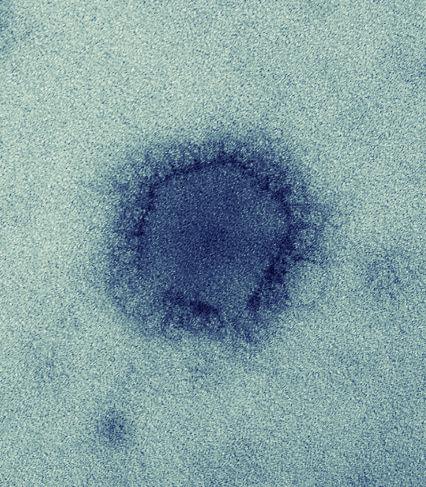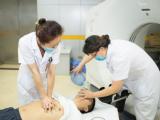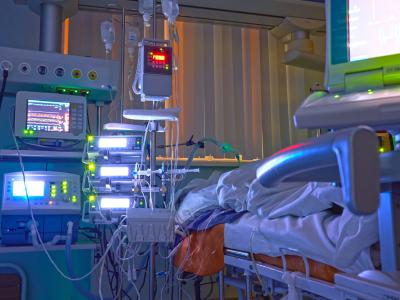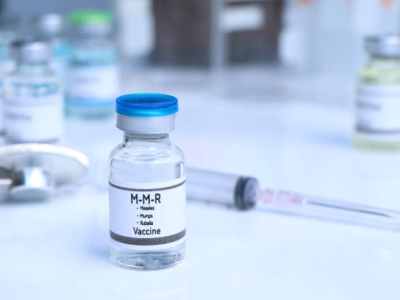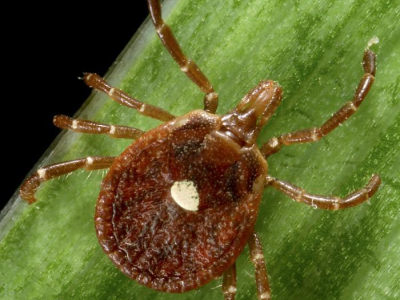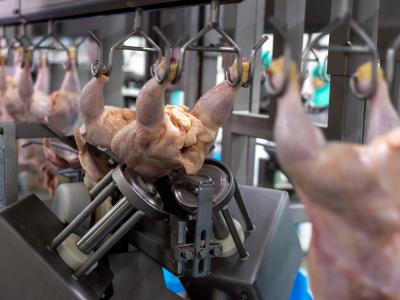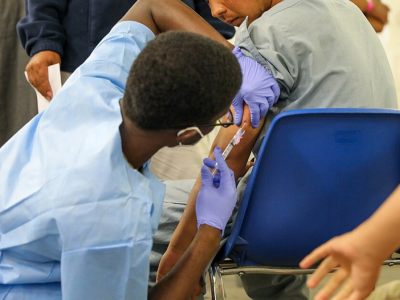Editor's note: This story was revised on Jun 20 to correct information about the detection of an asymptomatic infection. The previous version stated erroneously that the person who had an asymptomatic infection was a household contact of one of the confirmed case-patients.
Eight Jordanians who had MERS-CoV (Middle East respiratory syndrome coronavirus) infections in a hospital outbreak more than a year ago, as determined by recent blood tests, didn't quite match the profile of more recent cases, according to a CDC expert.
Most of the eight people did not have preexisting diseases, and one of them had no symptoms, said Mark Pallansch, PhD, director of the CDC's Division of Viral Diseases.
The majority of MERS-CoV cases reported in recent months involved patients who had preexisting health problems such as diabetes or heart disease. And the asymptomatic case appears to be the first one reported.
The eight cases were associated with a hospital outbreak in Zarqa, Jordan, in April 2012. The cause of the outbreak was a mystery at the time, because MERS-CoV was not discovered until June of last year, when a Saudi man died of his infection.
The Jordan outbreak involved 11 cases, 2 of them fatal. Samples from the patients were stored, and later analysis led to confirmation of the virus in the two fatal cases. The WHO said the other cases probably were MERS, but that couldn't be confirmed.
Earlier this week a Canadian Press report revealed that serologic (antibody) tests of 124 people related to the Jordan cluster had turned up 8 more cases, raising the number of confirmed cases in the outbreak to 10. The testing was done by the CDC in collaboration with Jordanian health officials.
Pallansch provided more details on the study in an interview. He cautioned that the findings are preliminary, because the CDC has had few serum samples from MERS-CoV patients with which to validate the two new serologic tests that were used.
"There's always a caveat that we could have subsequent testing change some of the results," he said.
Six of the eight cases were in healthcare workers and were part of the hospital illness cluster, Pallansch said.
One of the other two, the asymptomatic case, was in a healthcare worker who worked at the same hospital as the others. The other case involved a household contact of one of the confirmed cases, he reported. That person "by recall did have an illness, but was not considered part of the cluster at the time," he said.
Among the other six case-patients, "there was a range of illness, but all were hospitalized, so it was reasonably severe," Pallansch said.
He said he is not aware of any other asymptomatic MERS-CoV cases. Such cases are considered important because they suggest that people who aren't sick can unknowingly spread the virus. Asymptomatic cases are likely to be discovered only through serologic tests, which for MERS-CoV have become available only recently.
Pallansch said he couldn't give any information about how the first case-patient in the Jordanian cluster might have caught the virus or about the patients' possible animal exposures. Officials are still working on their report, he explained.
"This is a report that will go back to the Jordanian Ministry of Health, and they'll make decisions about how it will be disseminated or published," he said.
See also:
Related Jun 17 CIDRAP News story
Nov 30, 2012, CIDRAP News story
